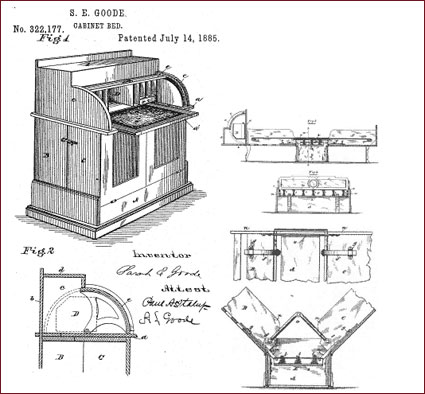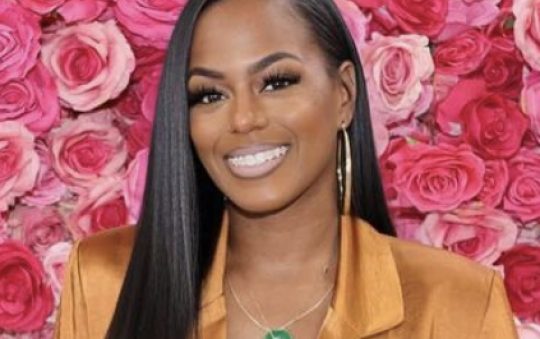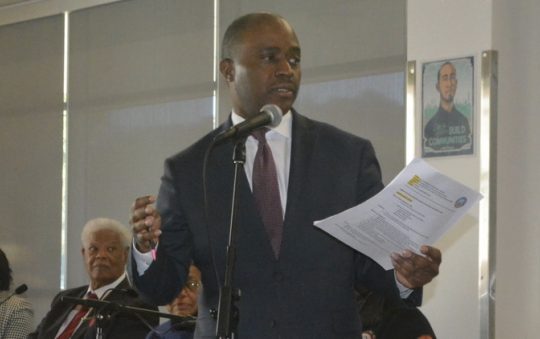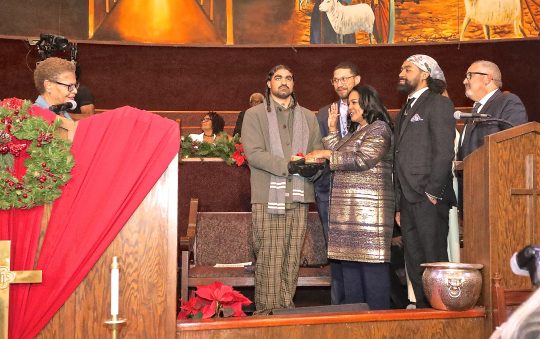
Sarah Goode
In 1885, Sarah Goode was the first Black woman to receive a U.S. patent. She invented a folding cabinet bed used for people who lived in small spaces so that they could utilize their space efficiently. The cabinet bed could be used as a desk when it was folded up.
Sarah Boone
In 1892, Sarah Boone received a patent for an iron device invention. Before Boone’s invention, people were using tables to iron their clothes.

Mary Beatrice Kenner
Mary Kenner received five different patents over a period of 21 years. In 1956, she received a patent for her invention of the sanitary belt. Later, she received a second patent for a sanitary belt with a moisture-resistant pocket. In 1976, designed an attachment for an invalid walker. In 1982, Kenner invented the toilet-tissue holder. In 1987, she received a patent for a backwash that could be mounted on both a bathtub and a shower wall.
Annie Easley
Annie Easley is a Black female scientist and National Aeronautics and Space Administration (NASA) employee. Easley is one of the first Black women to help develop software for the Centaur rocket stage.

Marie Van Brittan Brown
In 1969, Marie Van Brittan Brown became the first person to develop the patent for closed circuit television security. Brown’s invention became the framework for the closed circuit television system that we currently used today for surveillance, monitoring traffic and preventing crime.

Shirley Jackson
Dr. Shirley Jackson was the first Black woman to receive a doctorate degree for Massachusetts Institute of Technology (MIT) and the first Black female president of Renselaer Polytechnic Institute. Dr. Jackson is also the face and name behind the touch tone telephone, the portable fax, caller ID, call waiting and the fiber optic cables that allow telecommunication overseas to be clear.
Roger Arliner Young
Young was a zoologist and a biologist, and the first Black woman to receive a doctorate in zoology.

Patricia Bath
In 1981, Dr. Patricia Bath invented the laserphaco probe allowing ophthalmologist to remove cataracts. As a result of Dr. Bath’s invention, surgery is faster and more accurate.
Bessie Blount Griffin
During World War II, Bessie Blount Griffin worked with injured soldiers which inspired her to create an electronic feeding apparatus. The invention was designed to help soldiers with amputations to be able to feed themselves. After submitting her invention to the American Veterans Administration, she received a rejection. She later sold her idea to France and later to Belgium. During this time, Griffin worked with Theodore Edison, the son of Thomas Edison.
Natalie R. Love
Natalie R. Love is the inventor of the removable cover for T-top convertible cars which has removable fasteners that can attach and detach from the vehicle. Love’s invention replaced glass roof panels which convertible car owners found hard to maneuver.

Mae C. Jemison
Mae C. Jemison a well-known historic Black figure, was the first Black female astronaut in the history of NASA to travel to space in the Space Shuttle Endeavor. She is also the fifth Black astronaut.






